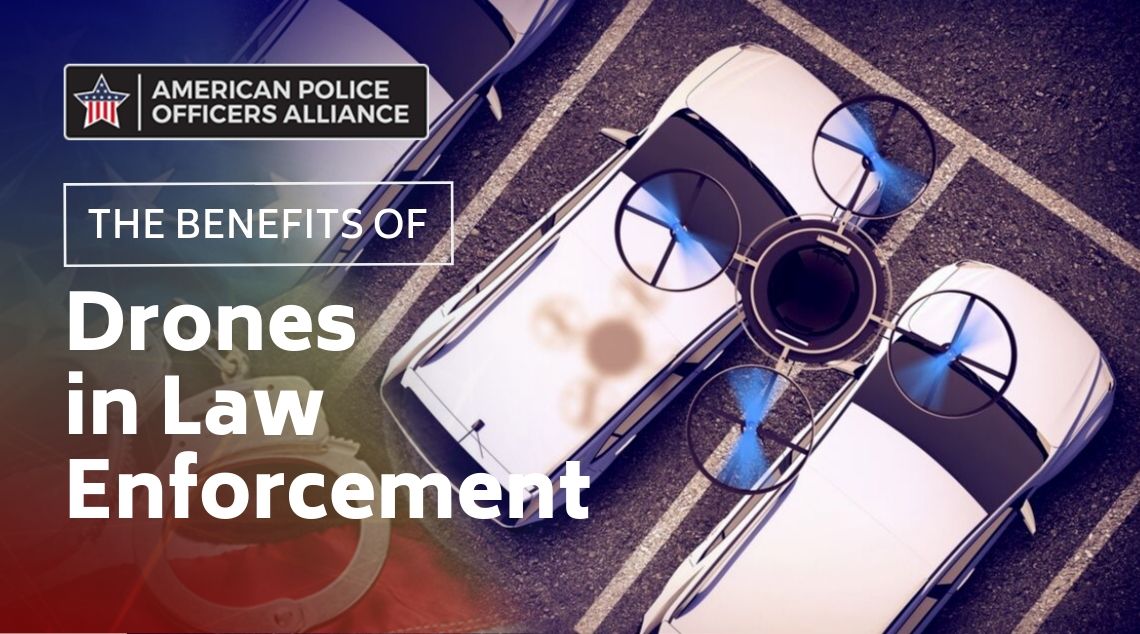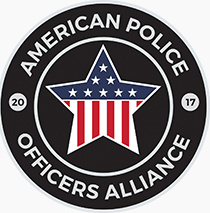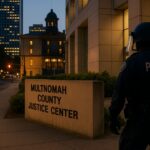In this day and age, the world of technology continues to evolve, and that goes for police technology as well. Law enforcement agencies all over are beginning to receive access to technologies that weren’t always available. This is allowing for more efficient work to be done when out in the field.
Chaotic situations are on the rise which means that the need for better police technology is also on the rise. Today, police drones are helping out in many different departments. Some of the most popular include search and rescue missions, crowd monitoring, traffic collisions, and active shooter investigations.
Positive police coverage is rarely ever highlighted but with so many improvements coming, it is important to note them so that communities are aware of the efforts that are being made.
Top 5 Benefits of Drones in Law Enforcement
Active Shooters
As unfortunate as it is, there is currently a crisis going on in America. 2018 saw 27 active shooter incidents which resulted in 213 casualties and 85 deaths. There has never been more of a need for better police technology, and thankfully, drone technology has made great advancements allowing for better vantage points and more accurate positioning.
When an active shooter is called in, law enforcement agents are able to deploy a drone to assess the situation which also allows for a strategic plan to be made. With the rise in crises as such, the drone technology is helping these chaotic situations to be handled in a safer manner.
Crowd Monitoring
Crowd monitoring can also go hand in hand with active shooter situations. Some active shooter situations occur in crowds which can be problematic if the suspect runs or is hiding within a crowd.
Large gatherings such as concerts or protests have been known to see criminal activity. The aerial perspective that drones offer allows law enforcement agents to track a suspect or identify someone who may be on the run.
While drones are primarily meant to spot criminal behavior, they can also help someone who may be in need of emergency services. Large crowds can result in injury because there are so many people who aren’t always the most alert. Drones can help point out someone that may be in need.
Search and Rescue
Drones can be used to help law enforcement officers locate someone that may be missing. People go missing quite often whether it be getting lost out in nature, or being abducted or kidnapped.
Having on foot officers perform a search and rescue mission can be productive but drones allow for that overhead view which may allow for a quicker location of the missing person. Drones can also move much quicker than people can.
Surveillance
One of the most obvious uses of drones includes the surveillance that they can perform. Drones offer law enforcement agencies the ability to watch over an area that may not be accessible by on foot law enforcement agents. Some situations may be too dangerous or even unaccessible, and this is where drones come into play.
Surveillance also includes watching over a suspect or criminal that is a risk to society or on the run. Surveillance drones can monitor places that might be unsafe, allowing for preventative measures to be taken.
The Concerns
While drones can be seen as quite advantageous to law enforcement agencies, there are concerns that come from the community. Security and privacy concerns regarding surveillance of civilians have become apparent. Currently, no state has passed legislation to regulate drones but there are talks about doing so.

Moving in the Right Direction
With the help of the government, law enforcement agencies have the support that they need to further ensure that drones are implemented into different departments. However, privacy and security concerns are still present, and will need to further be addressed in order to ensure that communities feel both safe, secure, and respected.
It is hard to argue that drones could significantly improve the work that police officers and law enforcement agencies perform each day. Moving forward, it is our hope that drones will be used as an asset to better help police officers and other law enforcement agents across the country.










